Adams Avenue Shines On in Memphis Tennessee
- Southern Reverie
- May 30, 2018
- 4 min read
Looking up at the magnificent Woodruff-Fontaine House (1871), James Lee House (1848) and Mallory-Neely House (1852) on Adams Avenue in Memphis, Tennessee, one can’t help but be awed and wonder what life was like for the residents of these grand homes as another Memphis avenue, Beale Avenue (now known as Beale Street) was also evolving from a street of merchants who traded with ships on the Mississippi River to the birthplace of blues during the same period of time these homes were being built. In a city of contrasts, both avenues were integral to the city’s history and evolution.
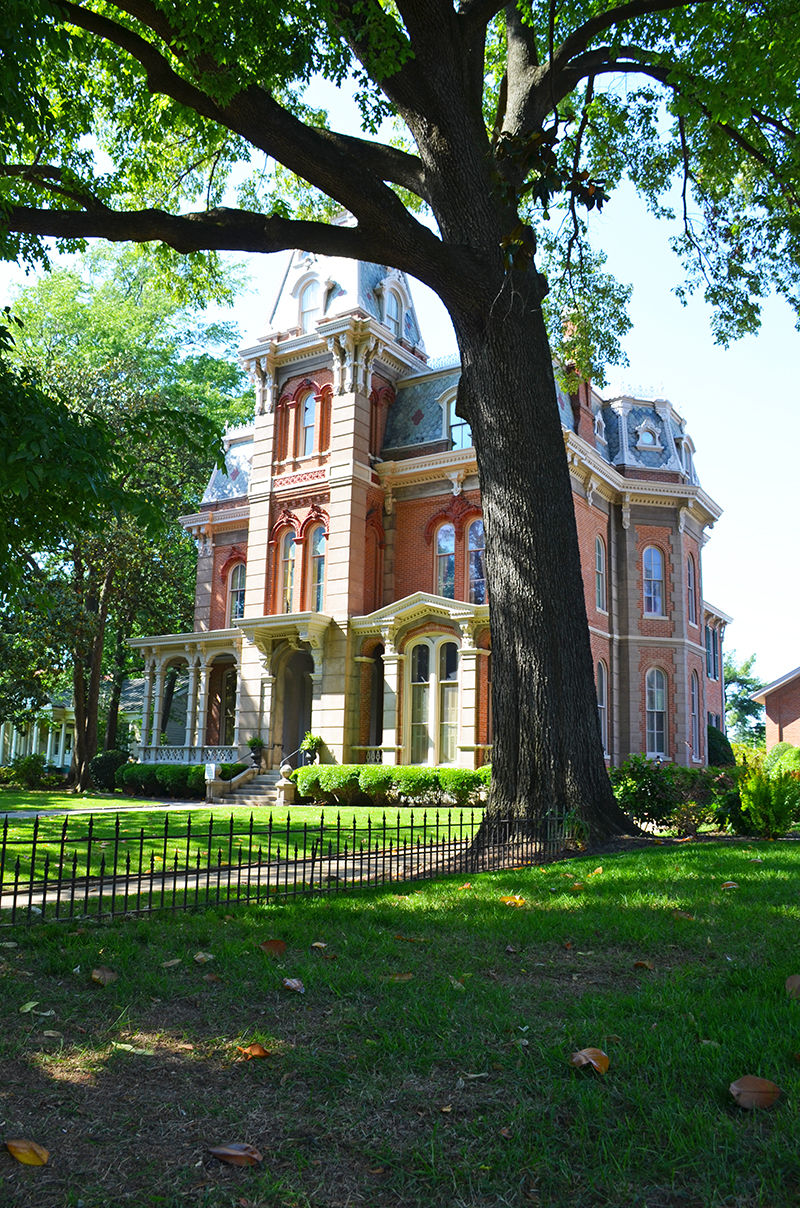
Adams Avenue was known as “Millionaire’s Row” and was home to wealthy families who built luxurious Victorian-era homes during 1846-1890. The neighborhood, which was considered then to be on the outskirts of town, is now part of central Memphis and includes the Adams Avenue Historic District and the Victorian Village Historic District. In addition to these three homes, other notable historic homes include the the Massey-House (1846), the Pillow-McIntyre House (1852), and the Mollie Fontaine Taylor House (1886). Sadly only a handful of the homes survived and many fell into disrepair and were torn down.
The families on Adams Avenue were influential in Memphis with their wealth being made as cotton factors, riverboat and railroad tycoons, grocers, merchants, politicians, and bank presidents. The couples and many children who lived on the street socialized together and many weddings were hosted in the homes as their young women and men married into other wealthy Memphis families.
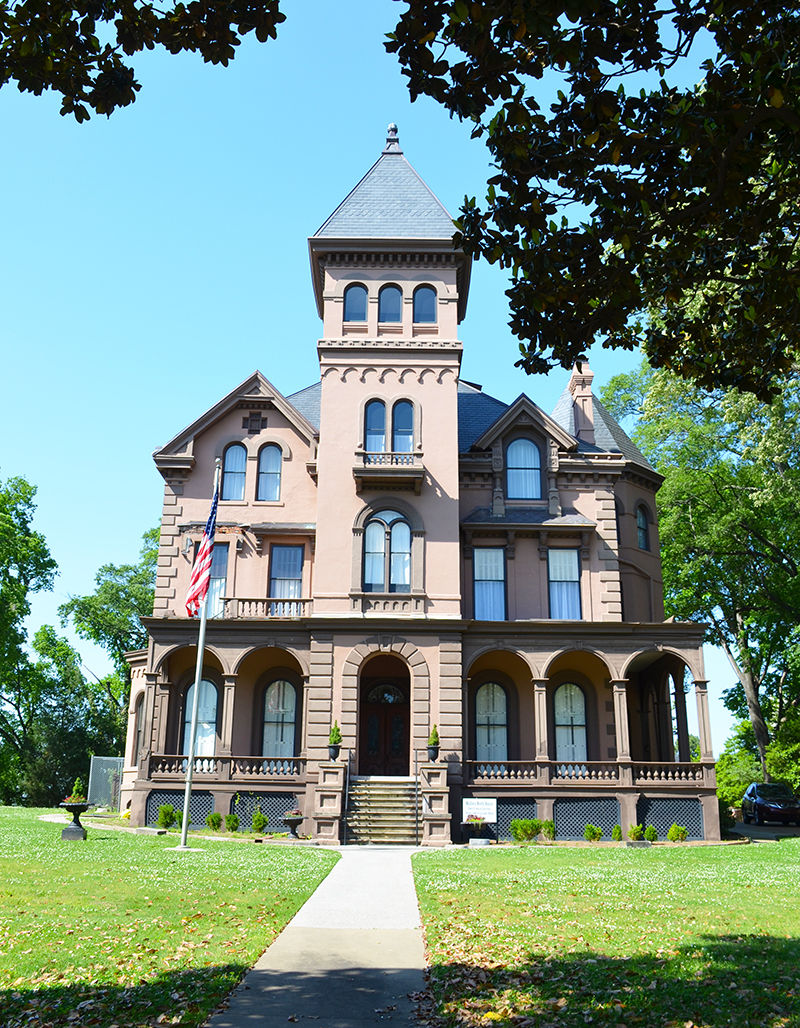
Mallory-Neely House
The first home at 652 Adams Avenue, is the Mallory-Neely House which was built in 1852 by Isaac and Lucy Kirtland. This home is unique because it retains almost all of its original historic interiors, furniture, and artifacts. In 1883 the home was purchased by Columbus and Frances Neely who had five children and added the third floor and tower level. They added the luxurious period interior details still seen today including stained glass purchased at the 1893 Chicago World’s Fair, ornate, imported furniture, and gold leaf fleur-de-lis patterned walls. Their daughter, Mrs. Frances Neely Mallory, also known as Miss Daisy, lived there as a child until her death in 1969 at the age of 98. Miss Daisy had kept the home in pristine condition with almost no changes from her childhood. In 1970, according to her wishes, the Mallory Family deeded the home to the Daughters, Sons, and Children of the American Revolution who opened it as a museum. It was then gifted to Memphis in 1985 and has continued to be carefully preserved.
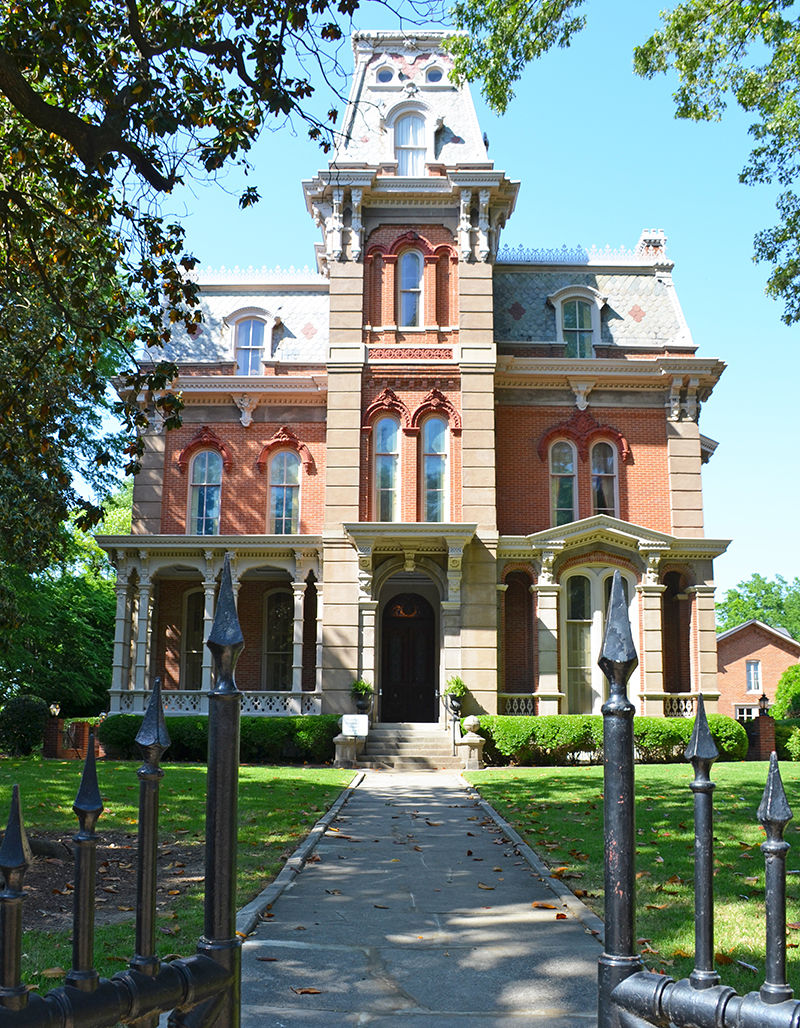
Woodruff-Fontaine House
The Woodruff-Fontaine House at 680 Adams Avenue was completed in 1871 by Amos Woodruff, who ran a successful carriage business and was an influential member of Memphis society, politics, banking, and business. The owners of the Goyer-Lee House (aka The James Lee House) next door were so impressed with the design of this home, that around the same time they used the same architectural firm to expand their own home.
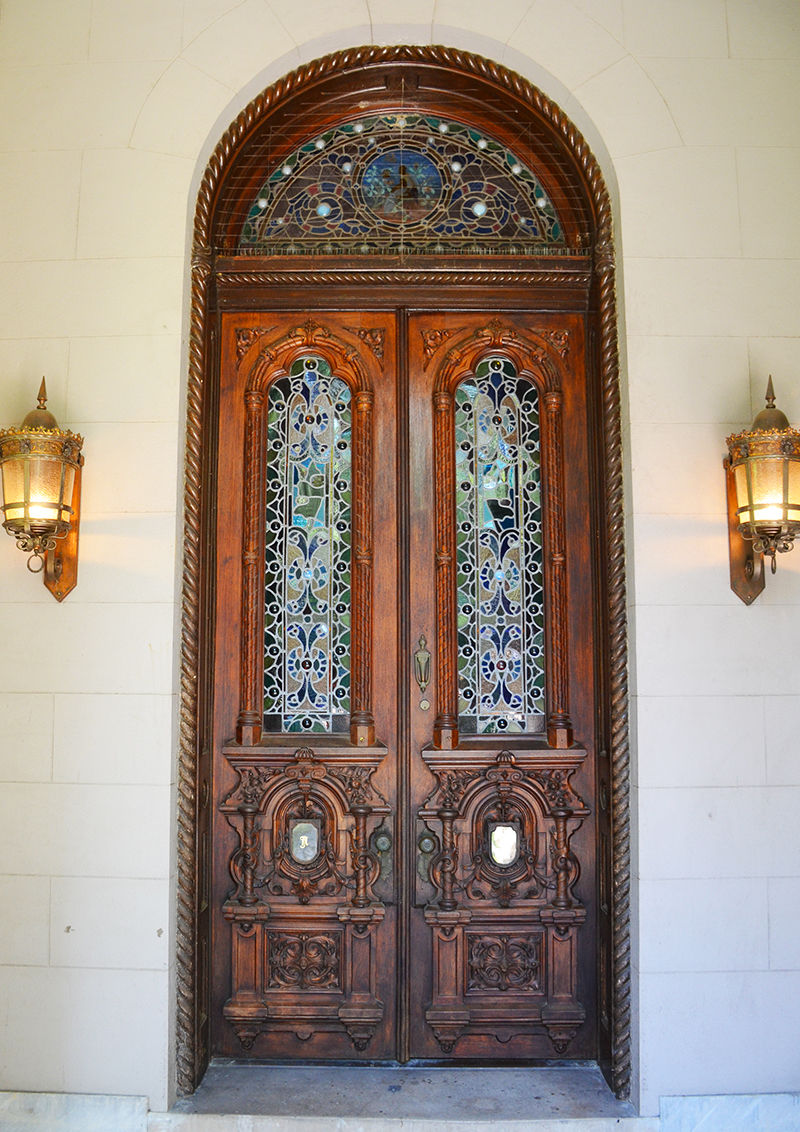
Noland Fontaine, a businessman and Cotton Factor for The High Cotton House of Hill, Fontaine & Co., one of the largest cotton factor businesses in the world at that time, purchased the home in 1882 and lived there with his wife for 46 years.
The Woodruff-Fontaine House, along with its neighbor, were later owned by Rosa Lee and gifted as part of the James Lee Memorial Art Academy. It sat empty for many years next to The James Lee House and then they were officially connected for all time, listed together on the National Register of Historic Places. The Woodruff-Fontaine House is open for tours and events.
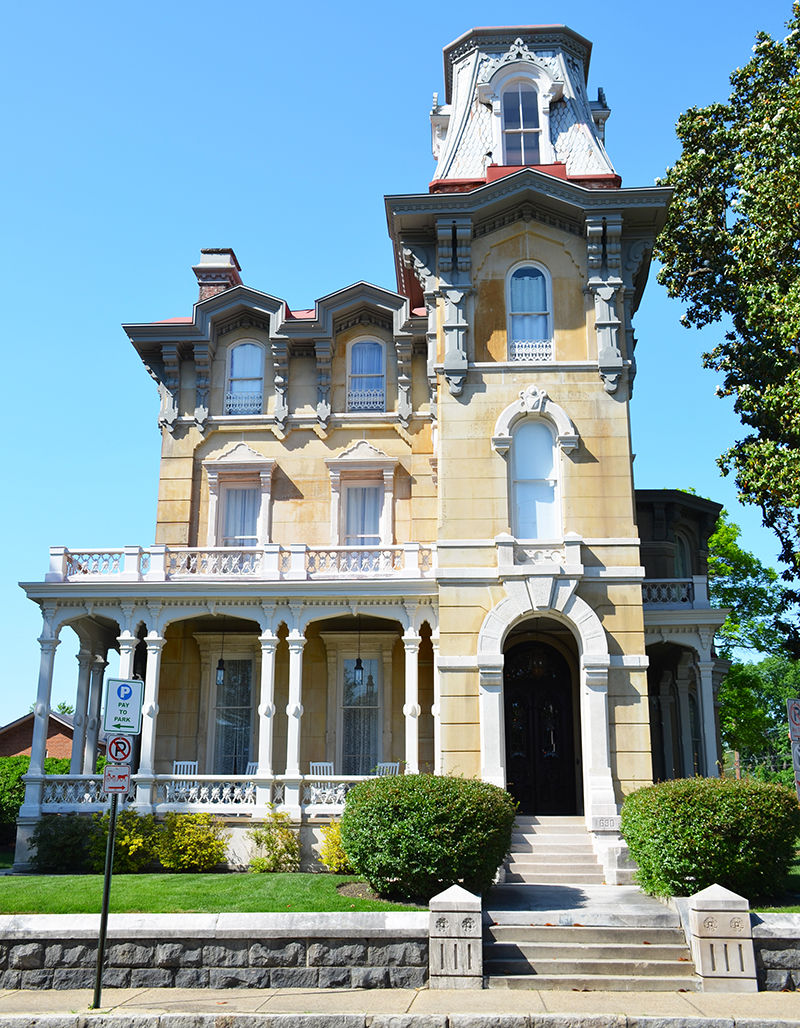
James Lee House
Built in 1848, the James Lee House at 690 Adams Avenue is a Victorian-Italianate home but was originally a simple farm house on a dirt street. Built by William Harsson, a lumberman, the home was sold to his daughter Laura and son-in-law Charles Wesley Goyer, a wealthy banker, who enlarged the home in 1853. Laura and her six year old son, along with her father, died of Yellow Fever in 1867. Mr. Goyer then married Laura's younger sister, Charlotte. Together they had ten children and proceeded to further remodel the home into a mansion.
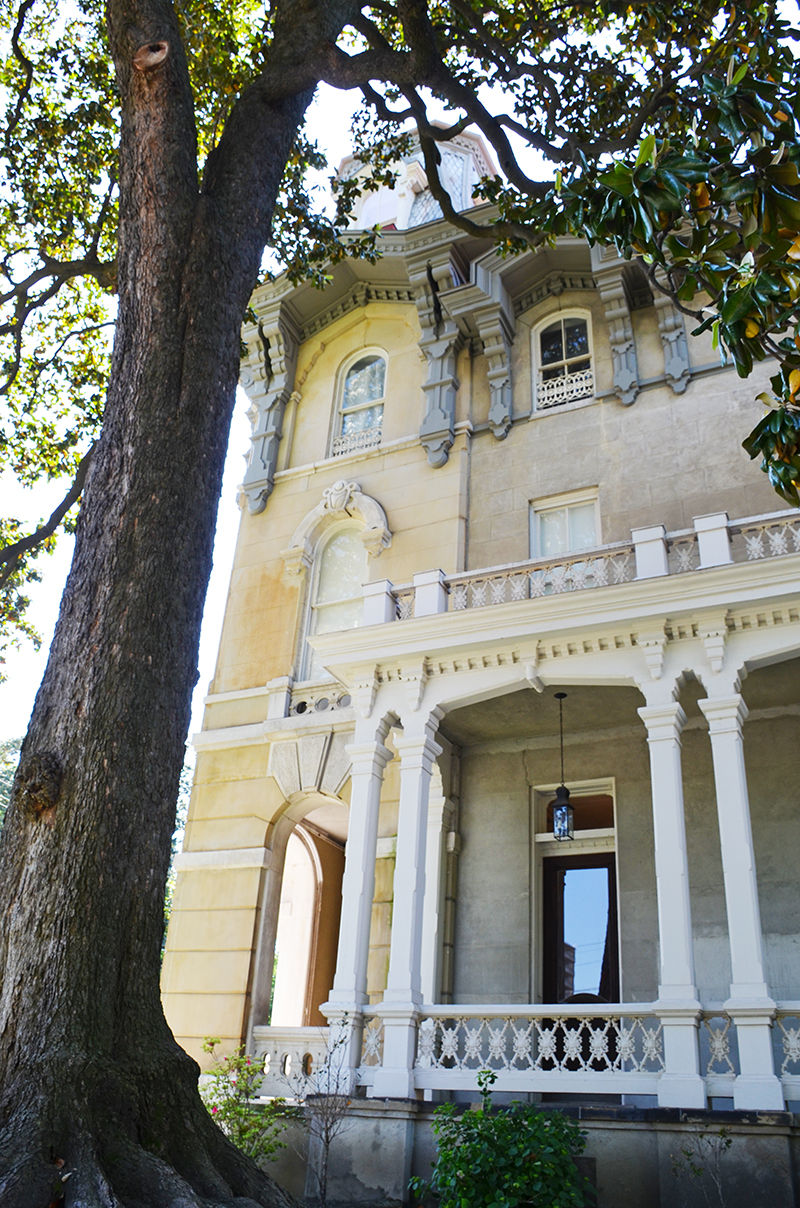
In 1890, James Lee, Jr., a Princeton-educated lawyer who had joined his father's steamboat firm, purchased the home. James and his wife, Rowena, also had ten children. They are credited with unifying all the renovations together into one style and adding much of the opulence still seen today including adding height to the great front tower.
In 1929, James Lee's eldest daughter Rosa deeded the property to Memphis, along with the Woodruff-Fontaine House next door, and it became the James Lee Memorial Art Academy, which evolved into The Memphis Acadmey of Art. In 1959, after the academy moved out, the house went silent, untouched and shuttered for over 50 years. In 2012 the home was rescued from demolition and a $2 million renovation project was completed to bring back the beauty, voices, and light to its rooms.

FRONT PORCH OF WOODRUFF-FONTAINE HOUSE
That these homes still exist is not only a gift to Memphis, but to all who visit the capital of the Mississippi Delta. As B. Lee Mallory III, grandson of Daisy Neely Mallory, said, “You don’t save a house, you save a neighborhood.” Seeing these homes along Adams Avenue is a must if you are visiting Memphis.
We can thank community activists like Luke Eldridge Wright, whose family had roots on Adams Street for his forceful stand for the preservation of these homes in the 1950s. Perhaps it was the occasional cocktail he had with Miss Daisy in the Mallory-Neely House, and hearing the stories she told of the neighborhood as it had once been, that further inspired his passion for preserving these homes of Adams Avenue.

HISTORIC JAMES LEE HOUSE (WITH IRON RAILING ON TOWER STILL INTACT)

HISTORIC WOODRUFF-FONTAINE HOUSE (WITH IRON RAILING ON TOWER STILL INTACT)

HISTORIC MALLORY-NEELY HOUSE (ORIGINALLY WAS TWO STORIES BEFORE 1883 ADDITIONS)









Comments